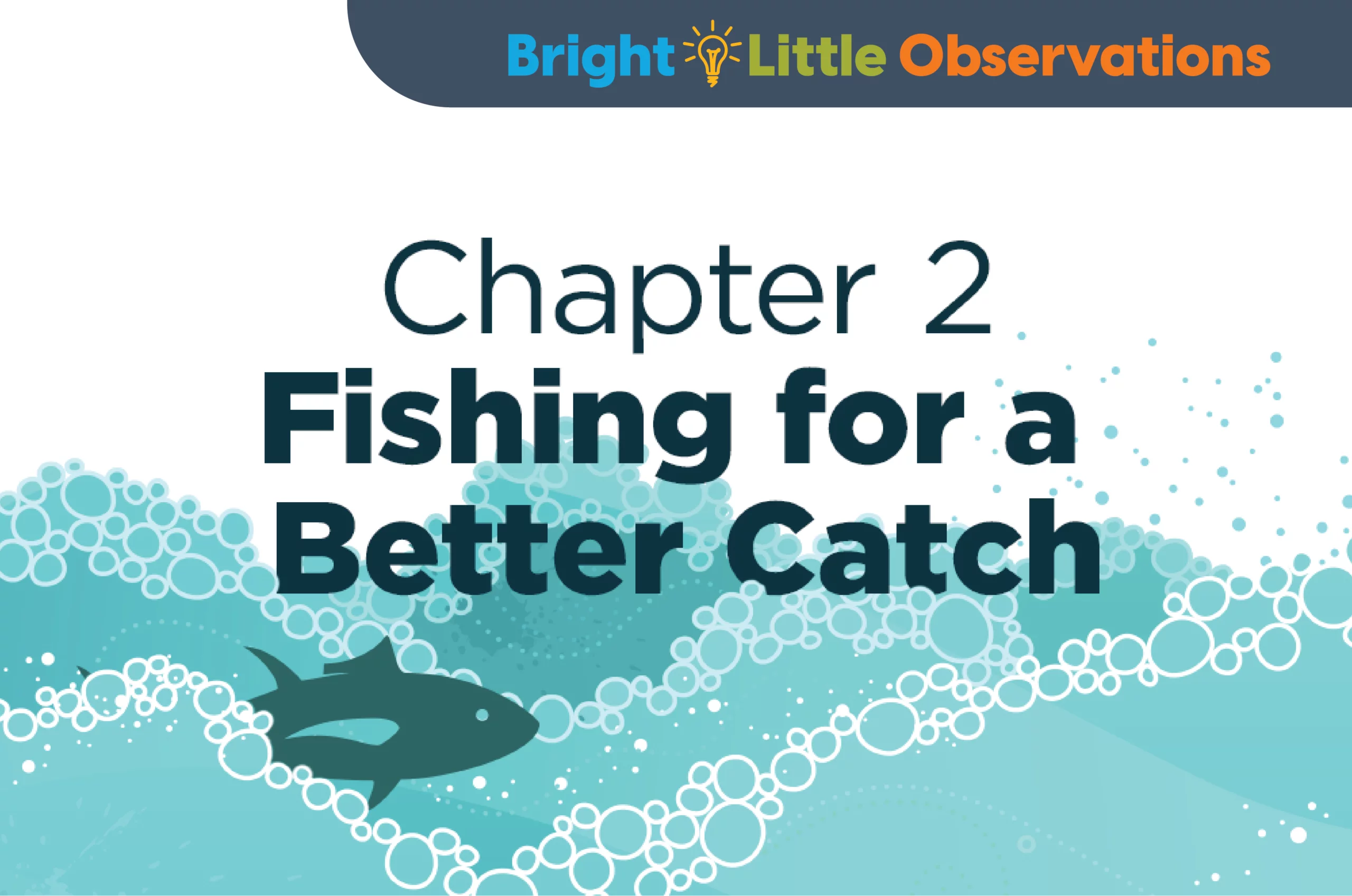


Research is for insight, not just hindsight.
While some firms use analytics primarily at the end of a campaign, we employ analytics from the very beginning to get it right.
Analysis provides us the insights to select the best mix, develop effective messages, identify optimal channels and invest your resources carefully, focusing on the prospects whose giving can lend the greatest support to your organization.
In our groundbreaking five-year study of nonprofit donor behaviors, our team discovered a high correlation between a donor’s first gift and their lifetime value.
Lifetime value is gross revenue, less acquisition and cultivation costs. This chart demonstrates the lifetime value of donors over their first three years:

Our research proves nonprofit organizations can reduce acquisition costs and achieve better ROI by focusing resources on attracting specific prospects who become first-time donors who predictably make higher-value gifts, are more likely to be retained and produce higher lifetime value.
We use proprietary combinations of lists and key performance indicators to help identify the traits of your strongest prospective donors and to predict and model the response rate of your optimal new donor mix.
Fishing for a better catch.
We focus on the prospective donors who will support your mission with higher initial gifts to lower acquisition costs and increase retention. We would all like to have vast numbers of new donors who give large donations – whales – but experience suggests that targeting only these prospects is prohibitively expensive. On the other hand, casting for minnows while driving a large number of small gifts is also financially draining. Ultimately, it is a strategic mix of small, medium and large gifts that generates the fastest path to a positive return, higher lifetime value and the net dollars to fund your programs.

Our research indicates the optimal donor mix to target in an acquisition program is:
- Less than 20% of new gifts under $20
- 60% of new gifts between $20 and $99
- 20% of new gifts over $100
While no program’s results may ever hit those target percentages precisely, they still represent a smart investment of resources for your acquisition effort, an aspirational goal for your partners and an invitation to a wide cross-section of prospective donors to support the work of your organization.
Why is a balanced donor mix so important?
In a recent analysis of total annual direct mail revenue distribution for one nonprofit:

Why is a balanced donor mix so important?
In a recent analysis of total annual direct mail revenue distribution for a divisional client:
- 8% of donors – those giving over $500 – contributed 69% of total revenue raised.
- 34% of donors – those giving between $100 and $499 – contributed 23% of total revenue raised.
- 20% of donors – those giving between $50 and $99 – contributed 5% of total revenue raised.
- 38% of donors gave less than $50, contributing only 3% of total revenue.

This real-world example of the benefit and challenge of donor concentration holds lessons – and warnings – for us all. While it’s wonderful to find a few donors capable of making very large donations to help carry the financial weight of your mission, it is also inadvisable to rely on so few to help with so many needs.
Our natural inclination is to rebuild the donor file – a worthwhile and important goal. But it is increasingly critical to understand donor giving behaviors to predict the return on investment from these efforts. Refilling the donor file mainly with those making small donations – then hoping for them to somehow grow to make larger net contributions – is a plan historically proven to drain dollars. This strategy will not produce better results over time, in a country where the gap in income and wealth is unfortunately increasing.